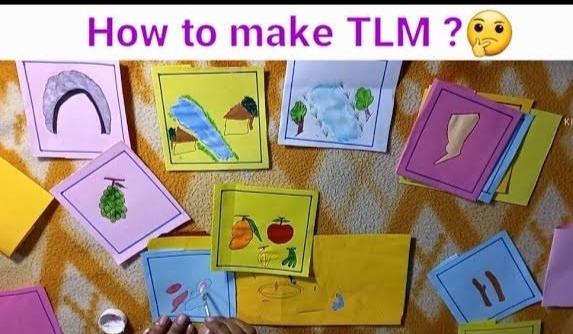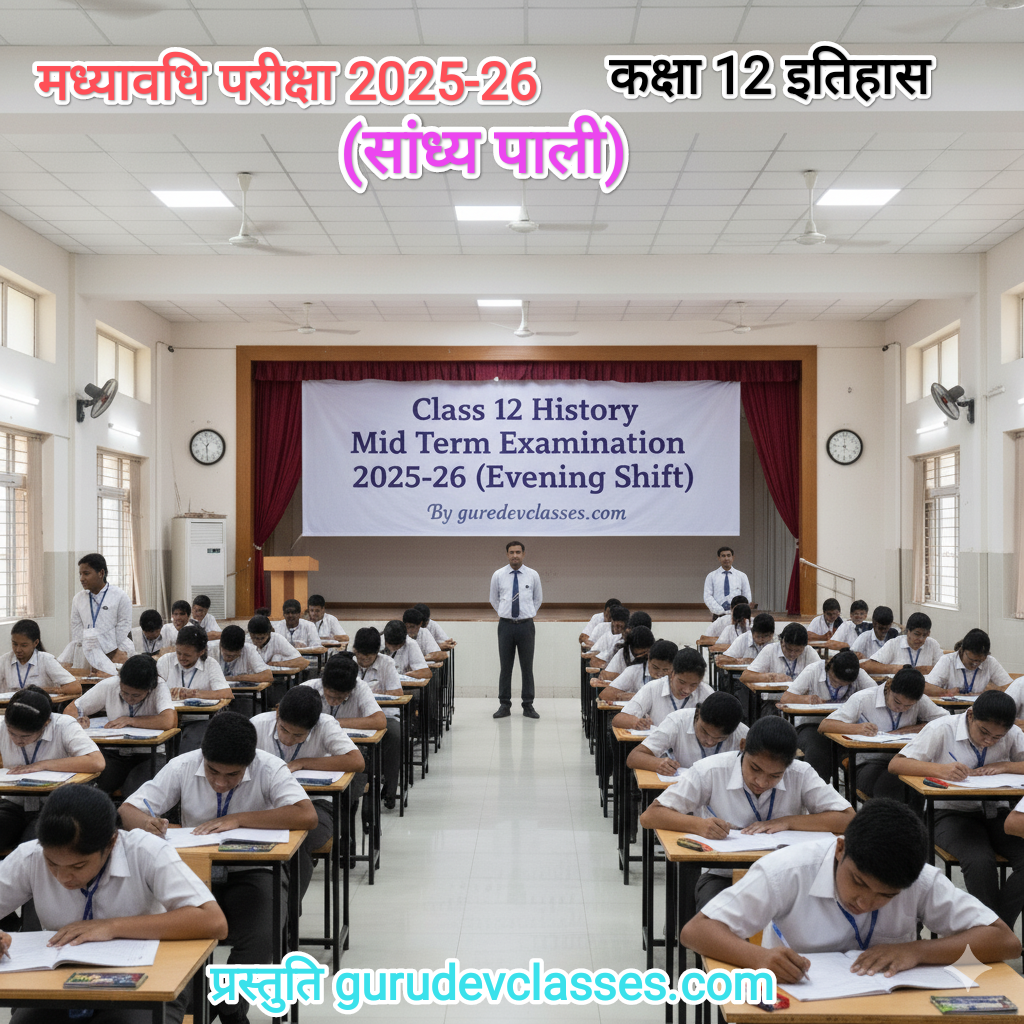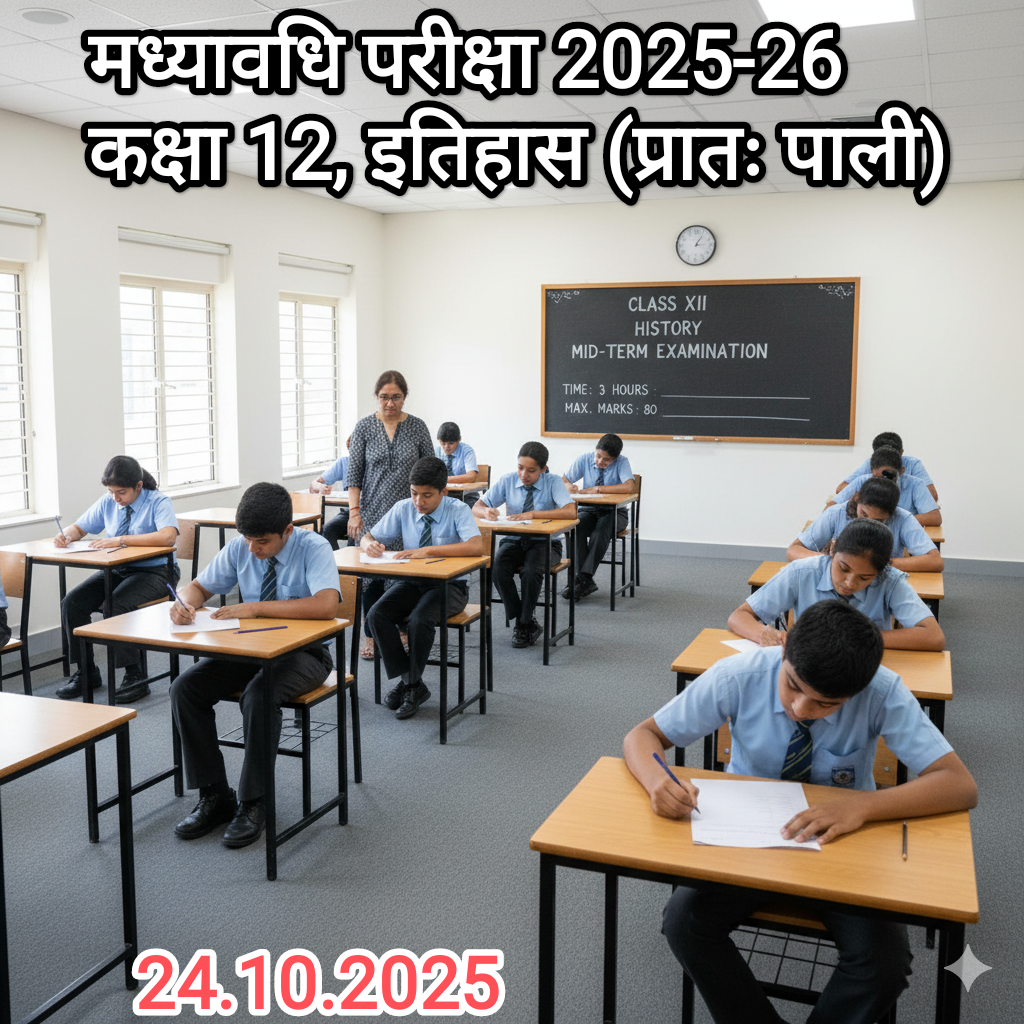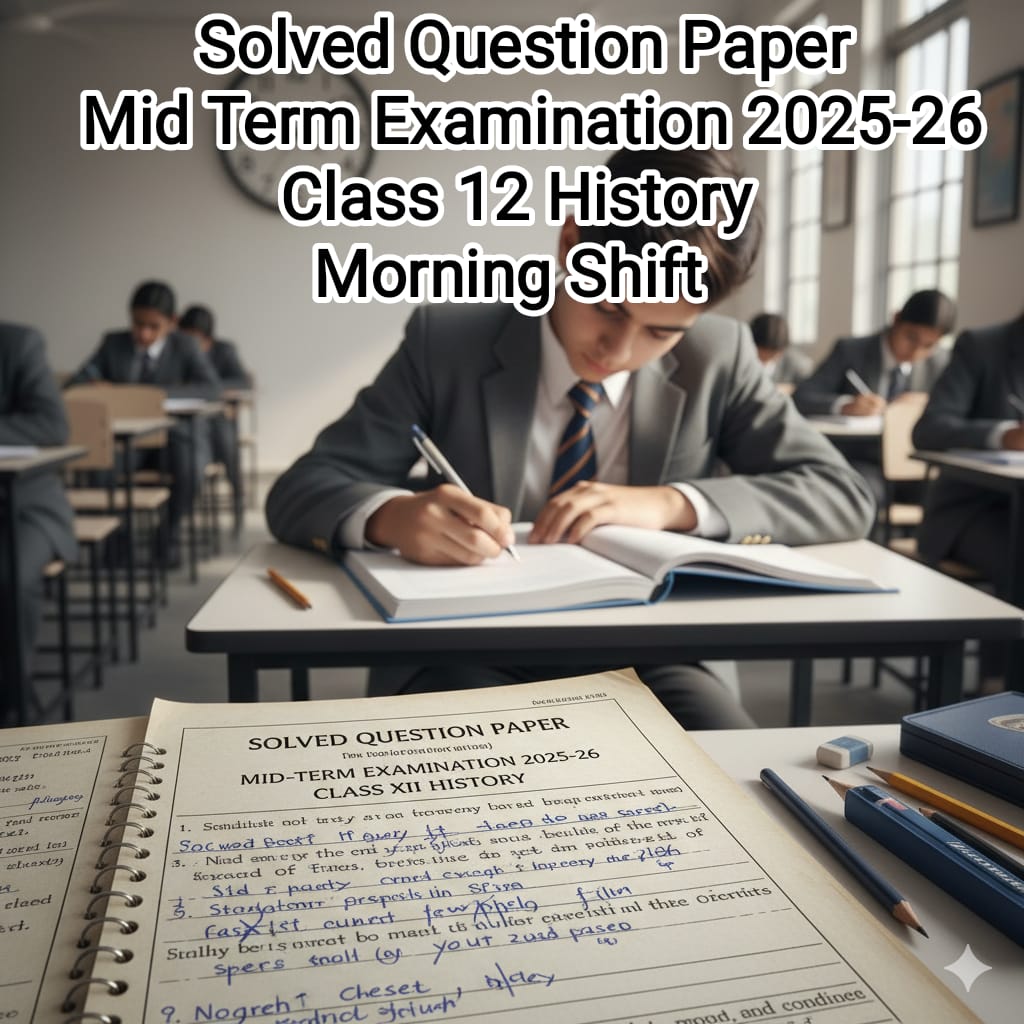Here are some effective TLMs (Teaching–Learning Materials) you can use for History, especially for school-level teaching:
1. Visual Aids
- Historical Maps – Ancient, medieval, and modern maps to show boundaries, trade routes, battlefields, and empire expansions.
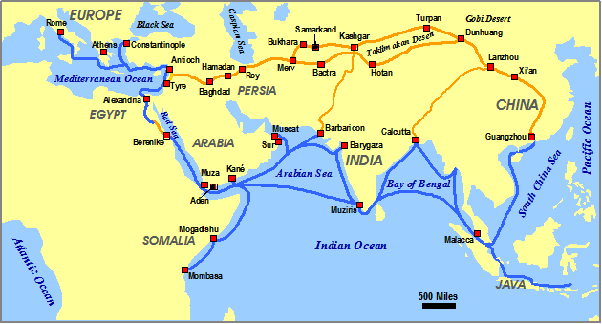
- Timeline Charts – Chronological sequence of major events, rulers, or cultural developments.
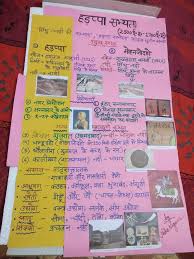
- Flowcharts & Mind Maps – To explain causes, events, and consequences of movements or wars.
- Picture Cards / Posters – Photos of monuments, artifacts, coins, and paintings.
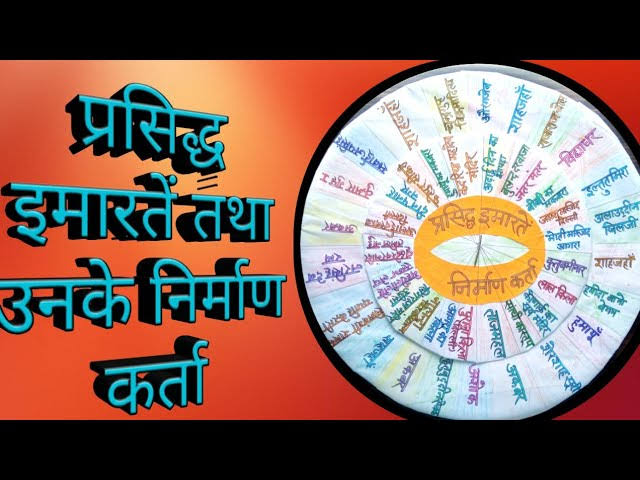
2. Physical Objects (Replica Models)
- Miniature Monuments – Models of Sanchi Stupa, Red Fort, Taj Mahal, etc.

- Replica Coins & Seals – Harappan seals, Gupta coins, Mughal coins.
- Pottery & Tools – Models of ancient tools, agricultural implements.
3. Digital TLMs
- PowerPoint Presentations with visuals, timelines, and short videos.
- Virtual Tours – Online tours of museums and heritage sites (e.g., Google Arts & Culture).
- Documentaries & Short Films – NCERT, BBC History, Prasar Bharati content.
- Interactive Quizzes – Kahoot, Google Forms, Quizizz.
4. Activity-Based TLMs
- Role Play / Historical Drama – Students enact important historical events.
- Story Cards – Sequencing historical events through a card game.
- Debates & Discussions – On historical topics (e.g., Was the revolt of 1857 a war of independence?).
- History Scrapbook – Students collect newspaper clippings, pictures, and write-ups.
5. Museum Corner in Classroom
- Create a small “Classroom Museum” with charts, maps, old currency, stamps, photographs, and student-made models.
Ready-to-use list of 20 TLM ideas for history with examples from Class 11–12 NCERT chapters
20 TLM Ideas for History Teachers
A. Visual & Chart-Based
- Historical Timeline Chart
- Example: A long wall chart showing Ancient India → Medieval India → Modern India, marking events like Harappan Civilization, Mauryan Empire, Delhi Sultanate, Mughal Empire, British Rule, Freedom Struggle.
- Theme-Based Flowchart
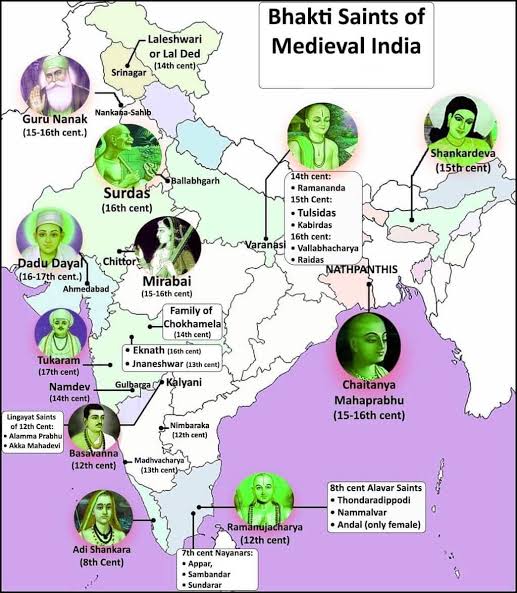
3. Example: For “Bhakti–Sufi Traditions” – Causes → Key Saints → Teachings → Impact.
4. Pictorial Collage
- Example: Photos of Indus Valley artifacts for Bricks, Beads and Bones.

5. Comparison Table Poster
- Example: Hinayana vs. Mahayana Buddhism (features, spread, key texts).
6. Battle Map
- Example: Panipat Battles Map with arrows showing troop movements and battle positions.
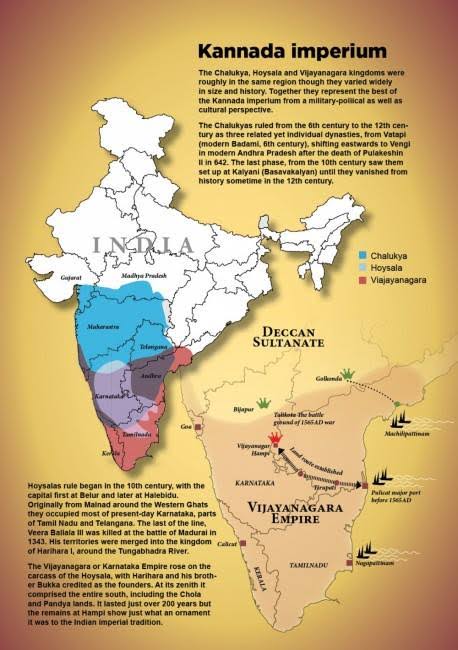
B. Physical & Model-Based
7. Replica Coins Collection
- Example: Mauryan punch-mark coins, Gupta gold coins, Mughal silver coins.
8. Miniature Monuments
- Example: Sanchi Stupa, Qutub Minar, Charminar, Gateway of India models.
8 . Pottery / Tools Replica
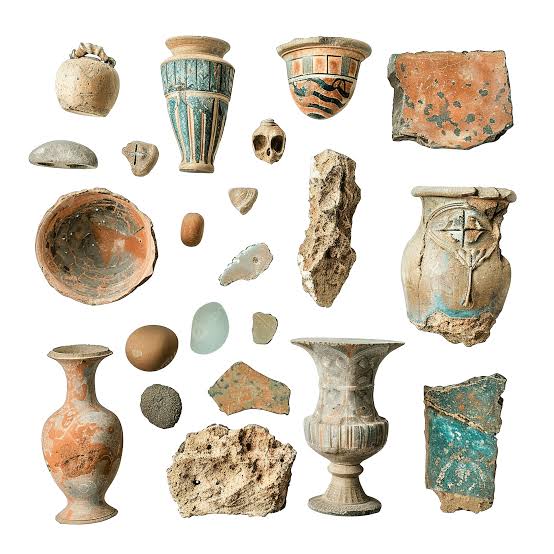
Example: Harappan clay pot replica, Mesopotamian cuneiform tablet.
9. Costume & Weapon Replica
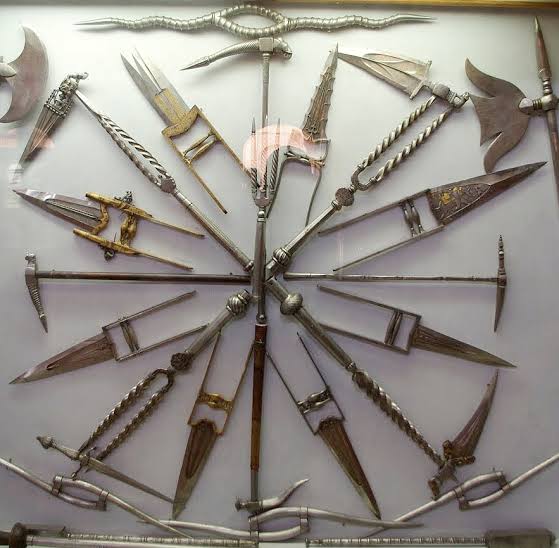
- Example: Mughal sword, Roman helmet (plastic/wood models for classroom display).
10. Stamp & Currency Board
- Example: Display board with Indian stamps and old currency notes depicting historical leaders or monuments.
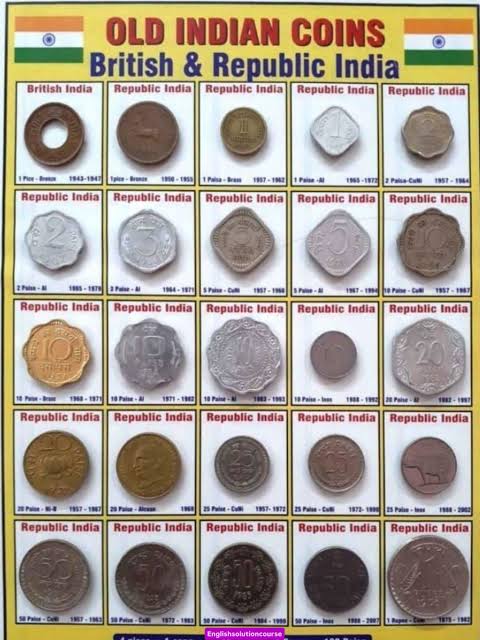
C. Digital & Multimedia
11. PowerPoint Presentations
- Example: Class 12 “An Imperial Capital: Vijayanagara” with photos, maps, and inscriptions.
- Virtual Museum Tour
- Example: Use Google Arts & Culture to show Ajanta Caves murals or Harappan artifacts in National Museum, Delhi.
- Documentary Clips
- Example: Clip from “The Story of India” by Michael Wood for ancient trade routes.
- Interactive Quiz Game
- Example: Kahoot quiz on Kings, Farmers, and Towns.
- Augmented Reality (AR) App
- Example: Use “Google Expeditions” or “360-degree VR” videos to explore monuments.
D. Activity-Based & Student-Centered
- Role Play / Skit
- Example: Enactment of the Delhi Court under Akbar or a village assembly in Chola times.
- Debate Session
- Example: “1857 – Was it the First War of Independence or a Sepoy Mutiny?”
- Story Card Game
- Example: Students arrange shuffled event cards into the correct chronological order (e.g., Revolt of 1857 events).
- History Scrapbook Project
- Example: Students collect pictures and articles on “Architectural Heritage of India.”
- Classroom Museum Corner
- Example: Set up a small corner with maps, coins, student-made models, printed photos, and local historical materials.
